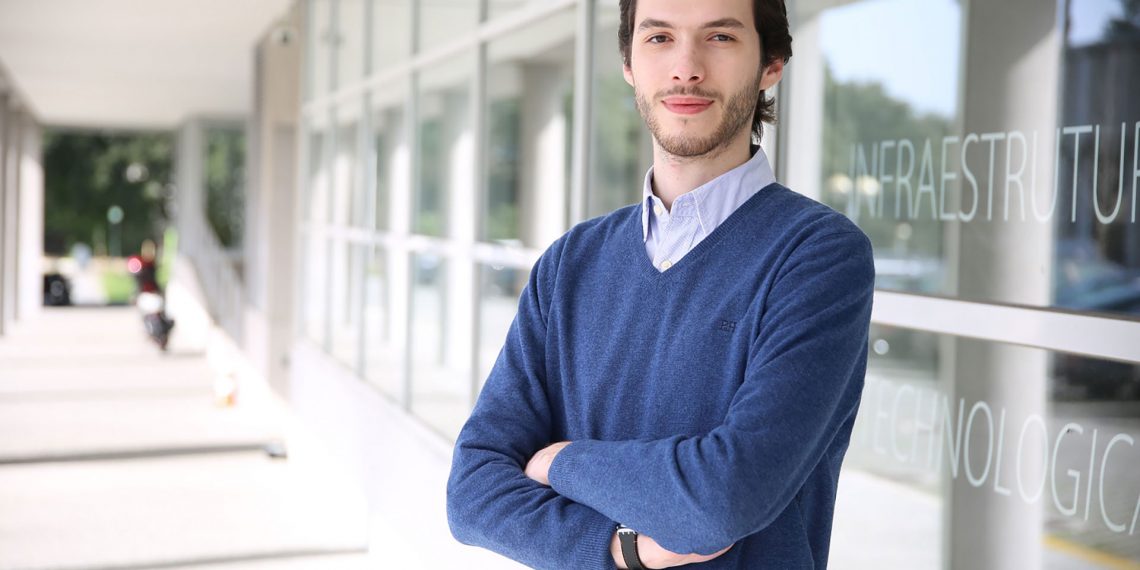This is “an important milestone” for the recognition of the work developed at INESC TEC Centre for Telecommunications and Multimedia (CTM), according to researcher Eduardo N. Almeida. Work led by the researcher acknowledged during international conference.
A scientific paper by INESC TEC researchers on a new model for the creation of digital twins for more precise wireless technologies received the award for best paper at the conference “WNS3 2023: Workshop on ns-3 2023“. Eduardo Nuno Almeida led this work, which featured contributions from researchers Helder Fontes, Rui Campos and Manuel Ricardo.
According to Eduardo Nuno Almeida, the award granted in Washington DC (during the annual academic workshop focused on advances for ns-3) was “an important milestone for the international recognition” of integrated PhD work in the development of digital twins of wireless networks for ns-3.
The model proposed in (P-MLPL – Position-based Machine Learning Propagation Loss Model) focuses on a telecommunications network simulator, ns-3. This simulator, written in programming languages accessible to everyone, is especially suitable for network research. Moreover, the development of next-generation networks requires evaluating their performance under realistic conditions – and, in this scenario, tools such as ns-3 are crucial.
Network simulators, like the ns-3, allow the development of repeatable and reproducible configurations, which are relatively simple to create. However, the available network models are generic and may not grasp the specific characteristics of a given physical environment, especially in extreme scenarios with dynamic and unknown environmental conditions. The model developed can contribute to changing this situation.
“Using Machine Learning models trained with a set of network data collected in an experimental testbed, the P-MLPL model calculates the decrease of the signal power among the packets exchanged between a sender and a receiver, considering the absolute positions of the nodes and the direction of traffic”, described the researcher at INESC TEC Centre for Telecommunications and Multimedia.
According to the researcher, the latest version of the model provides a more accurate estimate “in complex environments with multipath phenomena”. By enabling the creation of more accurate ns-3 wireless network digital twins, the P-MLPL model creates transmission loss models customised for physical environments (physical twins), rather than relying on generic models that may not adequately model complex environments.
The INESC TEC researcher mentioned in this news piece is associated with INESC TEC.




 News, current topics, curiosities and so much more about INESC TEC and its community!
News, current topics, curiosities and so much more about INESC TEC and its community!